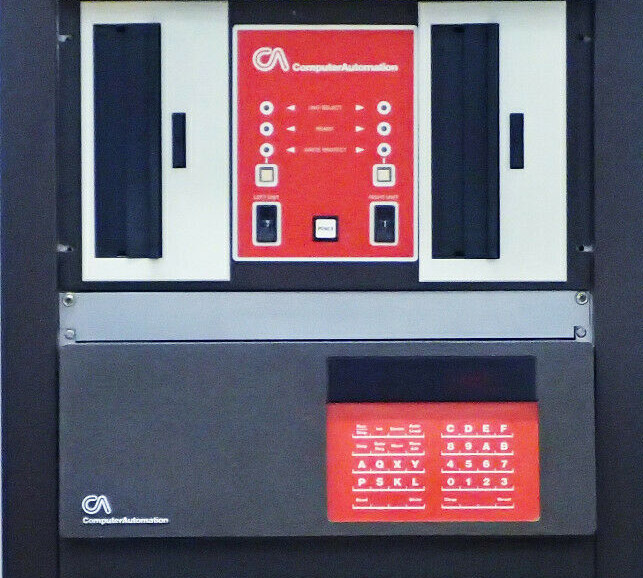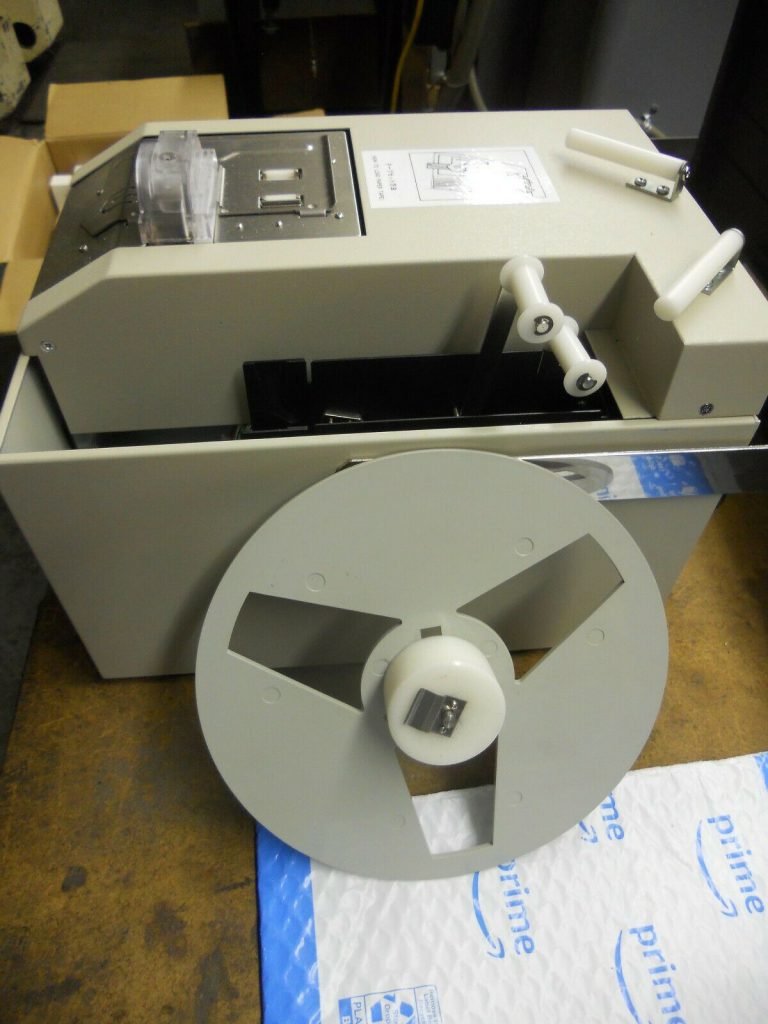October 2020 has just begun and several of my vintage mini-computer dreams have come true!
Alpha 16 Front Panel
First, I just found and bought a real Computer Automation Alpha 16 front panel from 1971 online. Believe it or not, the Alpha 16 minicomputer was the first computer I ever “owned”, or even had in my possession. In about 1972, I was working as a telecommunications engineer for Arcata Communications (one of the first private business telephone “interconnect” companies) located in the SF Bay area. I was asked to design a phone call billing system for use with a private phone system, to log calls for hundreds of phones in a business.

I proposed a solution using the Alpha 16 computer as a controller, but the company decided they didn’t want to develop and build hardware. So they released the idea to me. I partnered with a college buddy and we “leased” an Alpha 16 from Computer Automation. I developed the product idea to prototype stage in my two bedroom apartment, learning assembly programming in the process. I used a Teletype ASR33 as the console and paper tape I/O for storage.
Months later, the company approached me and offered to buy the design, which I gladly agreed to. I worked on the product for several years and it was deployed to a number of large customers. We actually used the later release Alpha LSI-2 for the production machines.
Naked Mini LSI-4/90 System

Although I never used a Naked Mini LSI-4 computer, I always wanted one. The design was so cool and very unique, with the hex LED displays and the keypads for entry. The LSI-4 was also hardware compatible with the LSI-2 but had a much upgraded architecture. It supported 64K words of 16 bit memory instead of 32K, it had multiple registers, stack operations, and more instructions (of course). There was a 9 slot chassis version with separate power supply. Plus it was faster.
I recently found an LSI-4/90, the top end model. It was used by Delco Electronics in a software development role for designing military aircraft firmware. It is on my wish list for Christmas.
High Speed Paper Tape Reader Punch
Another item on my bucket list for the Computer Automation LSI-2 restoration project has been a paper tape I/O device. I had an opportunity to buy a lot of used Teletype ASR-32 (Telex) and ASR-33 (TWX) units but I was too slow/cautious to make a quick offer and I missed out on the deal.
Remex RAR-5200

Recently, I found a New-Old-Stock (NOS) (in the box) Excello-Remex RAR-5200 portable reader punch. It runs at 200 cps (reader) has both a serial and parallel data interface. It should be easy to interface to the LSI-2 serial port. It even has a full tech manual.
I at the same time, I was able to find some NOS mylar 1″ punch tape stock and some standard oiled paper tape as well. I also found a REMEX RRS9000BA1 “Director” paper tape reader for a great price.
I hope to use one or both of these devices to punch and load the standard paper tape software tools library binary images I have from the Internet Archive.
Sadly, I have been unable to find a Computer Automation parallel utility I/O board which was the standard interface for printers and paper tape readers, or a Computer Automation parallel distributed “Pico Processor” I/O module either. [FLASH UPDATE: Check out the December 2020 Christmas post – I found a parallel Utility card! ]



No Comments